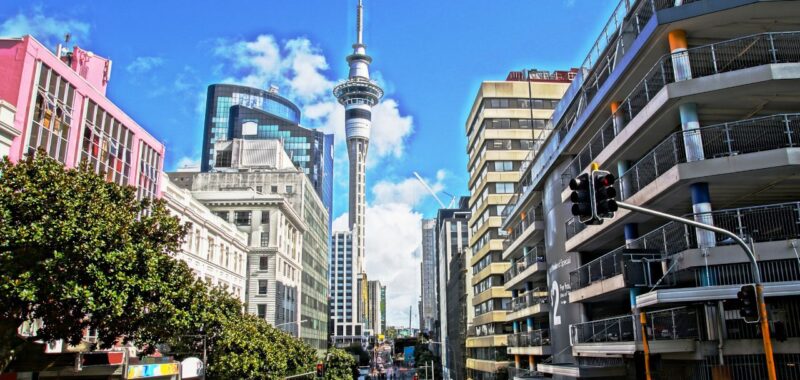The average value of a property in New Zealand has risen to $934,806 following a 0.5 per cent increase in the CoreLogic House Price Index in March.
That amount was similar to January and February’s muted gains, taking values 1.1 per cent higher in the first quarter of the year.
CoreLogic NZ Chief Property Economist, Kelvin Davidson, said values were up 3.2 per cent on September’s trough, but still 10.4 per cent below the recent peak.
He said the run of three softer results in a row at the national level was expected given stretched housing affordability.
“New Zealand’s housing market can probably be described as ‘not too hot, not too cold’,” Mr Davidson said.
“High mortgage rates remain a big challenge at the forefront of all borrowers’ minds, whether they’re taking out a new loan or repricing an existing mortgage.
“While the new tax year and 80 per cent mortgage interest deductions will help cash flow for property investors, it’s unlikely to be enough to trump high interest rates.
“In addition, while the first official cash rate cut in the next cycle is getting closer, it’s certainly not here yet.
“Indeed, if the Reserve Bank’s current projections prove to be correct, the cash rate may not start to fall until next year, highlighting that shorter-term fixed mortgage rates may not drop much for at least another six to nine months.”
Mr Davidson said there had also been a strong turnaround in listing volumes, with a “good flow” of properties hitting the market.
“There’s no set definition, but the general sense is that the so-called sellers’ market of late 2023 has now switched back in favour of credit-approved purchasers,” Mr Davidson said.
Auckland
Market performance was variable across Auckland in March, with Rodney and North Shore both up about 2 per cent, but then a large gap back to broad stability in Auckland City, Waitakere, and Franklin, while values in Papakura and Manukau declined over the month.
There has also been inconsistent growth over the March quarter, with Rodney up more than 2 per cent, but areas such as Waitakere only up very slightly (0.2 per cent) and Papakura fractionally lower ( down 0.1 per cent).
“Auckland’s market is often seen as a bellwether for national trends, and although I’m a little sceptical of the degree to which patterns in our largest city genuinely ‘filter out’ to the regions, there’s no doubt Auckland is currently demonstrating what’s being seen elsewhere – an ‘up and down’ recovery,” Mr Davidson said.
Wellington
Wellington has also experienced variable market performance.
Prices in Upper Hutt, spiked 2.3 per cent in March, with Kapiti Coast and Wellington City also posting solid growth.
However, Lower Hutt and Porirua both saw values slide backwards.
“It’s interesting to note the falls from the peak remain pretty large in Wellington, even after recent growth,” Mr Davidson said.
“Take Lower and Upper Hutt as examples, where values are still down from the peak by around 20 per cent in both areas.
“That decline probably isn’t doing much for the moods of homeowners who purchased at the tail-end of the boom, but on the flipside, it may present a good opportunity for prospective new buyers.”
Regional areas
Outside the main centres, March’s data was also a mixed bag, with Invercargill, New Plymouth, Napier, and Rotorua all rising by at least 1 per cent, but Gisborne and Queenstown dropping 1.2 per cent apiece.
Given the broad, but slow, upturn has now been in progress for around six months, a number of regional markets have seen their annual house price growth rates turn positive.
Hastings, Invercargill, and Queenstown have seen annual gains of around 3 per cent or more, however Gisborne, Whangarei, and Nelson are still around 2 per cent below the levels from a year ago.
Mr Davidson said there was always local variation in house price trends, even when the wider market booms.
“It’s no surprise that some regions are rising more strongly than others in this current ‘testing’ market, while some are still actually falling,” he said.
“The general trend should remain upwards in the coming months, but it’s unlikely to be a straight line everywhere.”

